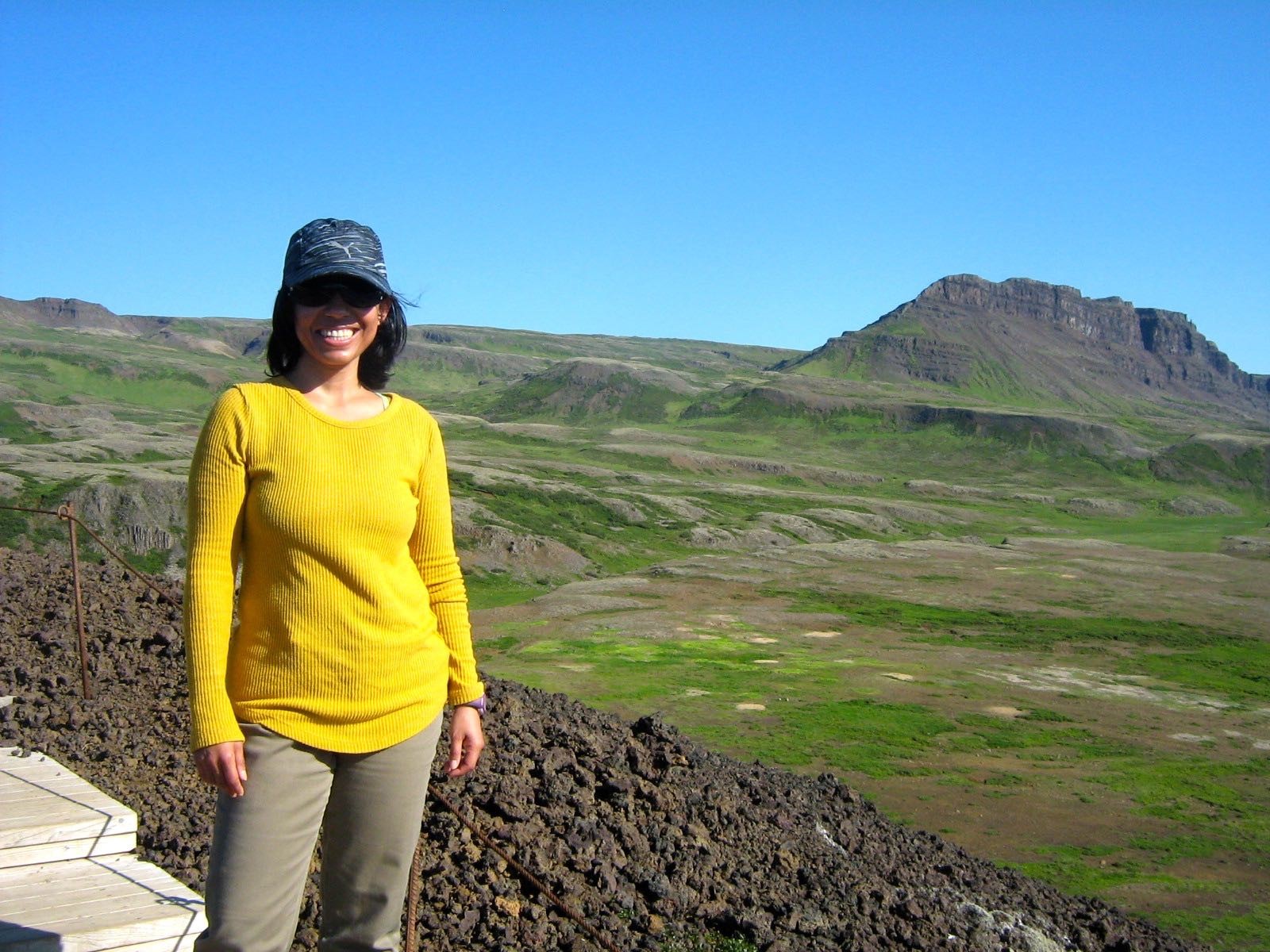Attreyee Ghosh: Understanding the Earth, from surface to the core

Prof. Attreyee Ghosh is a geophysicist at the Centre for Earth Sciences. She joined IISc in 2012 after finishing her PhD from Stony Brook University, USA and postdoctoral research from University of Southern California.
When did you first realise that you wanted to be a scientist?
I chanced upon a book written by a female geoscientist after my 10th standard exams. I was so intrigued by it that I decided that this is what I wanted to do with my life: become a scientist who studies the Earth.
Why did you choose this area of research?
It is quite amazing how some very common observations in nature can be explained by simple physical laws. For example, the depth of the ocean floor (d) is related to its age by a simple formula: d α √age (depth is proportional to the square-root of its age). That means, if we know how old the ocean floor is anywhere on Earth, which we actually know quite well, we can predict its depth. There are several such examples and it is this association of physics with large-scale phenomena that we observe in nature which drew me to this particular area of research.
What are the big unresolved questions in your field?
There are still unresolved questions about how the interior of this planet works. We perhaps know more about the surfaces of Jupiter’s moons than we know about the processes taking place underneath our feet. With greater instrument coverage and addition of more data, a clearer picture of the Earth’s interior is slowly emerging, but there are still too many open questions. We do not know precisely when and where an earthquake will strike. We know the Earth’s interior is made up of rocks; however, we do not know how these rocks behave at depths, under very high temperature and pressure. The theory of Plate Tectonics, sometimes called the Grand Unified Theory of Earth Sciences, has provided explanations for many unrelated observations in nature. However, we still do not understand the exact forces that are involved behind this process.
———————————————————
“It is quite amazing how some very common observations in nature can be explained by simple physical laws”
———————————————————
Did you have any mentors or role models in science? If so, who were they and what do you think you’ve learnt most from them?
Unfortunately, female role models are severely lacking in science, especially in India. One person I can think of is the author of the book that I read in school that had influenced my career choice. She is Dr. Sudipta Sengupta, a former professor of Geology from Jadavpur University, Kolkata, and one of the first Indian women to have travelled and worked in Antarctica.
———————————————————
“We perhaps know more about the surfaces of Jupiter’s moons than we know about the processes taking place underneath our feet”
———————————————————
What is the most fulfilling thing about a life in science?
The ability to explore new ideas, to work on things nobody has ever studied before.
What do you like most about working in IISc?
The green campus, freedom to pursue our own research interests, design our courses the way we want and interaction with a smart and thriving student community.
———————————————————
“To all aspiring scientists, men or women, stay curious, stay inspired”
———————————————————
What would be your advice for aspiring women scientists?
To all aspiring scientists, men or women, stay curious, stay inspired. A career in science requires dedication, but at the same time it offers opportunities to explore the unknown. And most importantly, make sure you do what you find meaningful, even if it means having to take paths that are less travelled.
Click here for some of the Other Women in Science




